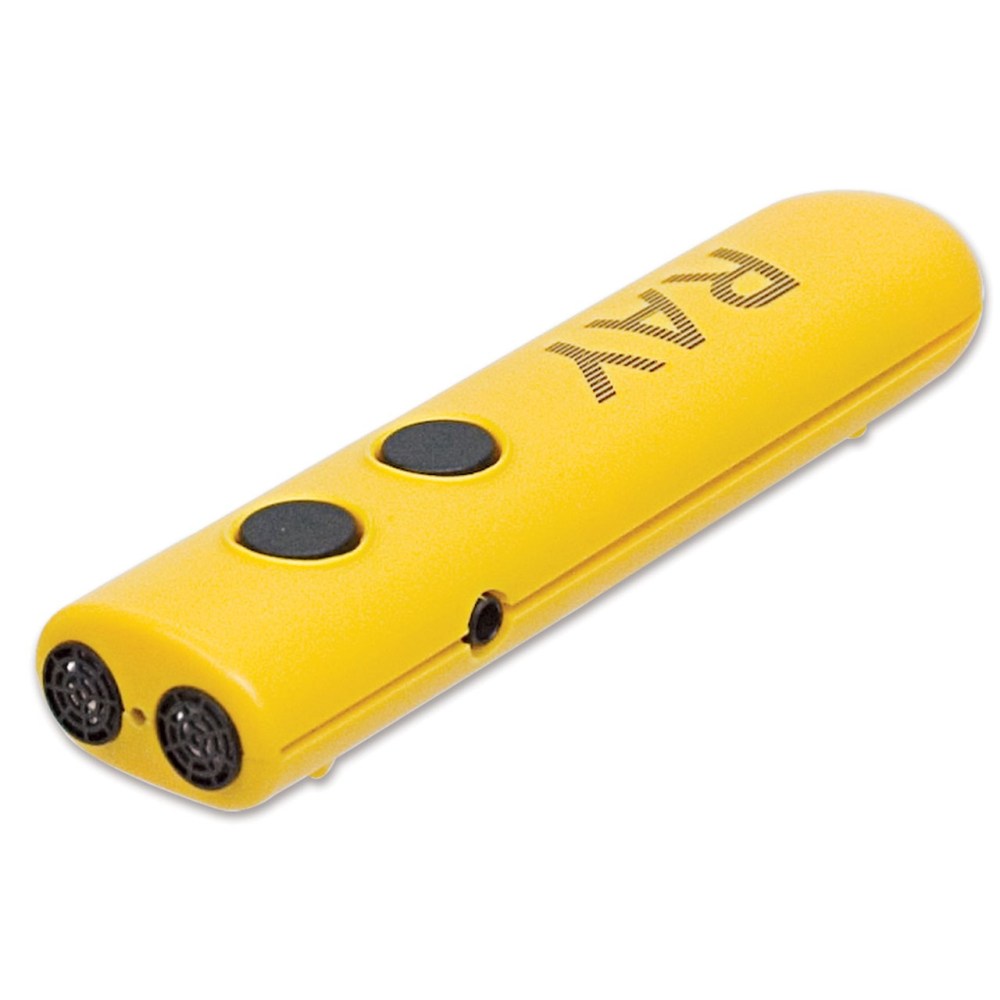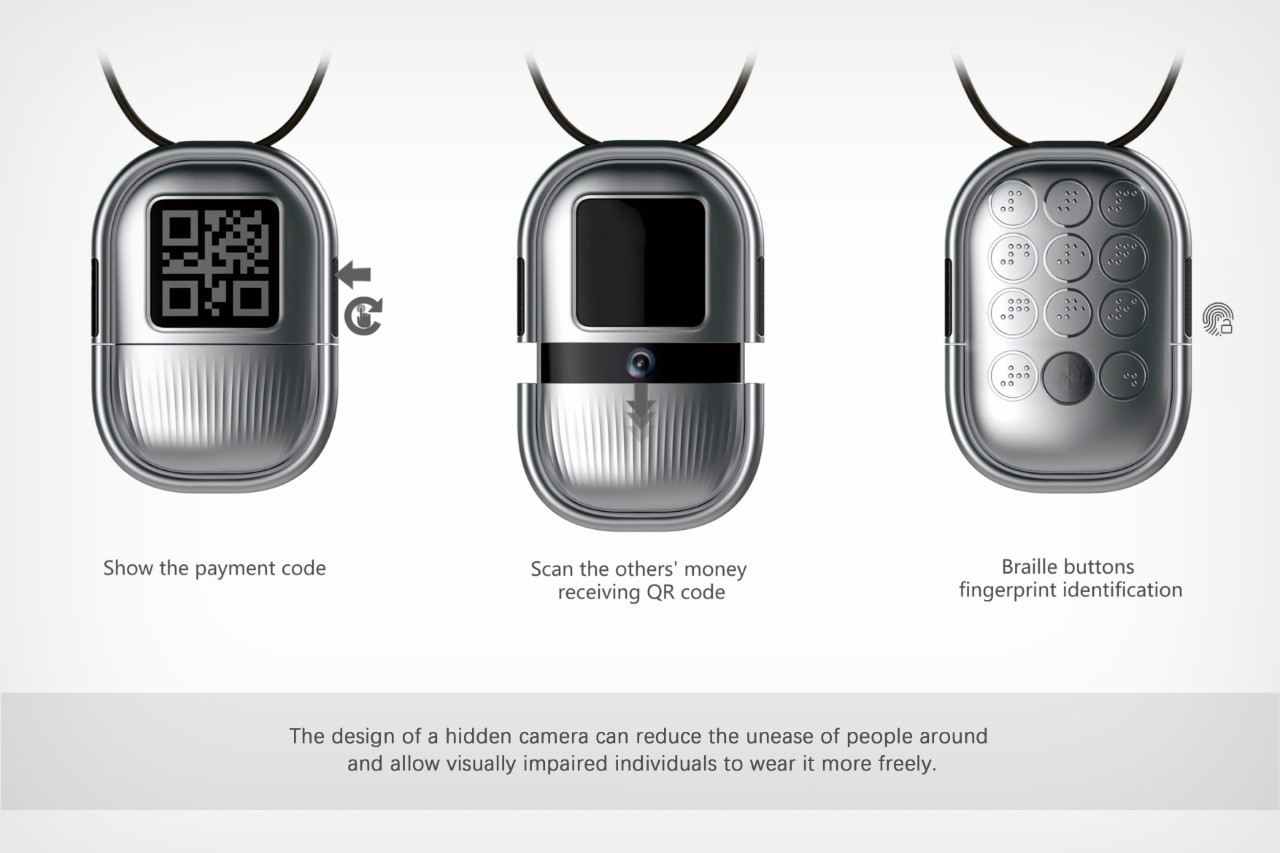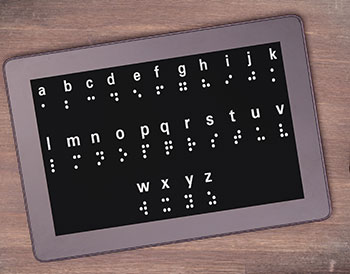Voice-Activated Assistive Devices: Simplifying Everyday Tasks
Voice-Activated Assistive Devices: Simplifying Everyday Tasks
Blog Article
Discover Cutting-edge Tools Designed for the Visually Damaged
The advancement of ingenious tools for the aesthetically impaired stands for a considerable innovation in access and independence. Technologies such as wise glasses with AI capacities and mobile applications designed to give acoustic descriptions are reshaping daily experiences for individuals.
Smart Glasses for Navigating

Smart glasses created for navigation are transforming the means visually impaired individuals connect with their setting. These advanced devices use a mix of video camera innovation, fabricated knowledge, and acoustic comments to offer real-time info concerning environments. By using barrier detection systems, clever glasses can alert users to prospective threats, allowing safer movement in both strange and familiar settings.
The assimilation of GPS technology even more boosts navigation capabilities, enabling users to obtain acoustic instructions as they move. This hands-free approach not only fosters freedom yet additionally encourages aesthetically damaged people to browse urban landscapes with raised self-confidence. Furthermore, lots of wise glasses are geared up with attributes that recognize landmarks and street indications, giving contextual information that improves the individual experience.
Furthermore, the development of these gadgets is continuously progressing, with firms working to boost the precision of object recognition and expand the variety of navigational features. As smart glasses end up being more obtainable and budget friendly, they hold the potential to significantly change day-to-day live for aesthetically impaired customers. Eventually, these ingenious tools stand for a crucial step towards inclusivity, offering boosted movement and a greater feeling of autonomy for people navigating the globe around them.

Mobile Application for Daily Living
Just how can mobile applications enhance the every day lives of visually impaired individuals? Mobile apps are transforming the means aesthetically damaged users browse their environments, manage daily tasks, and gain access to details. These applications provide important support with various capabilities, promoting freedom and enhancing quality of life.
Several cutting-edge mobile apps are designed particularly for daily living. As an example, apps like Be My Eyes attach visually damaged individuals with sighted volunteers by means of video phone calls, enabling them to receive real-time assistance with jobs such as reviewing labels or browsing unknown spaces. Similarly, Seeing AI, developed by Microsoft, utilizes expert system to explain environments, read message, and identify objects, successfully changing a smartphone into an effective device for day-to-day aid.
In addition, navigating apps customized for the visually damaged, such as Aira and BlindSquare, provide audio-based instructions and environmental information, allowing individuals to traverse their environments securely and confidently. Beyond navigating and prompt assistance, mobile applications additionally sustain organization and task administration, with attributes that aid users establish tips, create to-do lists, and track visits. In summary, mobile applications act as important sources, empowering visually damaged individuals to lead more independent and satisfying lives.
Wearable Technologies for Aid
Empowerment through innovation is significantly evident in the world of wearable devices created to aid aesthetically impaired individuals. These innovative tools incorporate perfectly into life, boosting navigating and supplying necessary responses to customers. Smart glasses equipped with video cameras can acknowledge faces and check out text out loud, enabling users to interact even more with confidence in social and expert settings.
Another remarkable improvement is making use of haptic comments systems in peeps glasses wearable devices. These systems utilize vibrations or other tactile signals to convey details regarding the user's setting, such as barriers or modifications in surface, enhancing mobility and security. Wearable technologies likewise consist of wristbands that connect to smartphones, signaling individuals to notices through refined vibrations, hence improving connectivity without reliance on visual hints.
As these technologies continue to advance, they are not just enhancing freedom for aesthetically impaired people however also cultivating a better feeling of incorporation in culture. By connecting the gap in between obstacles encountered in day-to-day living and the possibility for autonomy, wearable technologies work as essential devices in the quest for equal rights and empowerment for those with visual impairments.
Sound Summary Tools
Sound summary devices play a critical function in improving ease of access for aesthetically damaged individuals, supplying them with the capability to involve with visual media. Wearable technology for low vision. These tools use narrated descriptions of essential visual elements in movies, tv programs, and live performances, guaranteeing that individuals can totally understand the context and feelings conveyed through visuals
Audio description can be integrated into different platforms, consisting of streaming solutions, movie theater testings, and live cinema. Several preferred streaming solutions currently include audio description as an access feature, enabling customers to pick it quickly. In addition to mainstream media, specialized applications also exist, giving audio summaries for art exhibits, galleries, visite site and various other social events.
The performance of audio summary hinges on the skill of the storytellers, who have to this post share visual details succinctly without interfering with the initial sound. Technologies in this area are likewise leading the way for even more customized experiences, where users can readjust the level of information and pacing according to their choices.
Braille Innovations and Gadgets
Braille innovations and devices have actually considerably transformed the method aesthetically impaired people connect with text and details. Modern improvements have led to the development of versatile devices that boost literacy and independence among users. Notably, Braille display innovations have actually advanced, enabling vibrant analysis experiences. These gadgets transform digital text right into Braille, making it possible for users to access a huge range of information on smartphones, tablet computers, and computers.
Additionally, portable Braille notetakers incorporate typical Braille input with modern performances, helping with note-taking, organizing, and record modifying on the move. Assistive technology for the blind. These portable gadgets often feature text-to-speech capacities, linking the space in between Braille and acoustic details
On top of that, cutting-edge Braille printers have emerged, allowing individuals to generate Braille tags, files, and academic materials effectively. This access promotes better engagement in instructional and professional settings, inevitably promoting inclusivity.
In addition, study into clever Braille technologies proceeds to broaden. Instruments that integrate fabricated intelligence are being checked out to offer real-time navigating assistance and contextual details, boosting the user experience in diverse settings. In general, these advancements mirror a commitment to encouraging aesthetically impaired people through innovation, ensuring they can conveniently accessibility and engage with the world around them.

Verdict
The improvement of innovative tools for the visually impaired dramatically boosts independence and quality of life. Smart glasses, mobile applications, wearable innovations, audio summary devices, and Braille developments collectively encourage individuals by providing crucial navigating assistance, ecological understanding, and improved analysis experiences. These modern technologies not only foster greater incorporation but additionally promote autonomy in everyday activities, eventually adding to a much more equitable and obtainable culture for visually impaired individuals. Proceeded advancement in this area holds guarantee for more enhancements.
As wise glasses become extra available and inexpensive, they hold the possible to substantially change day-to-day life for visually damaged users. Mobile applications are revolutionizing the means visually damaged individuals navigate their settings, handle everyday jobs, and gain access to information. Apps like Be My Eyes connect visually damaged individuals with sighted volunteers via video clip telephone calls, enabling them to obtain real-time support with jobs such as reviewing labels or navigating unfamiliar spaces.Additionally, navigation apps customized for the visually impaired, such as Aira and BlindSquare, supply audio-based directions and ecological information, enabling individuals to traverse their surroundings securely and with confidence.The advancement of innovative tools for the aesthetically impaired substantially boosts self-reliance and high quality of life.
Report this page